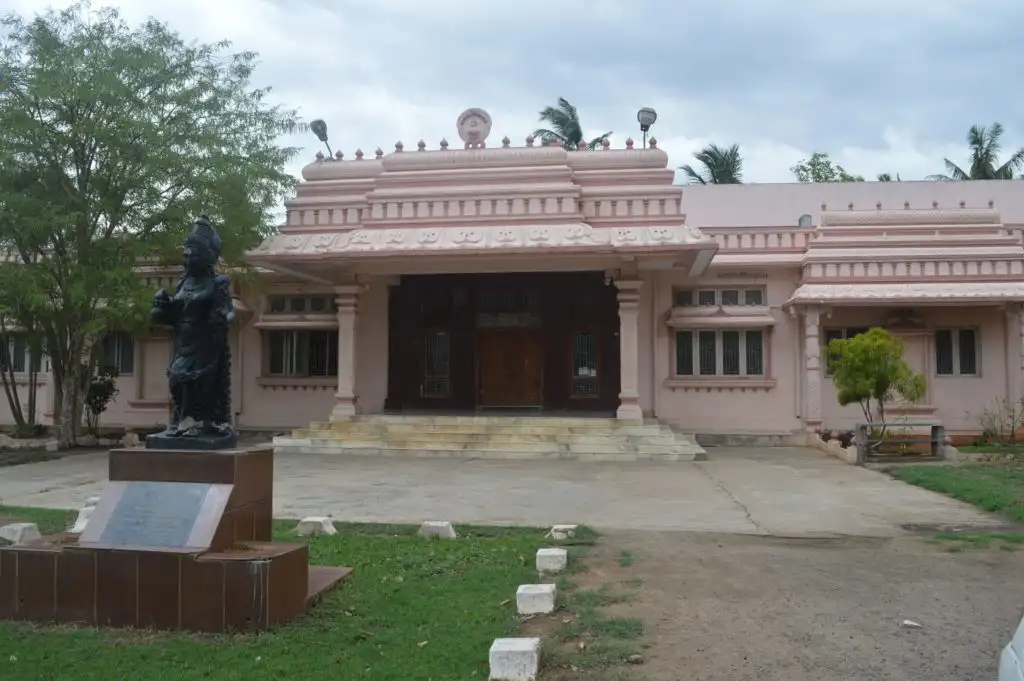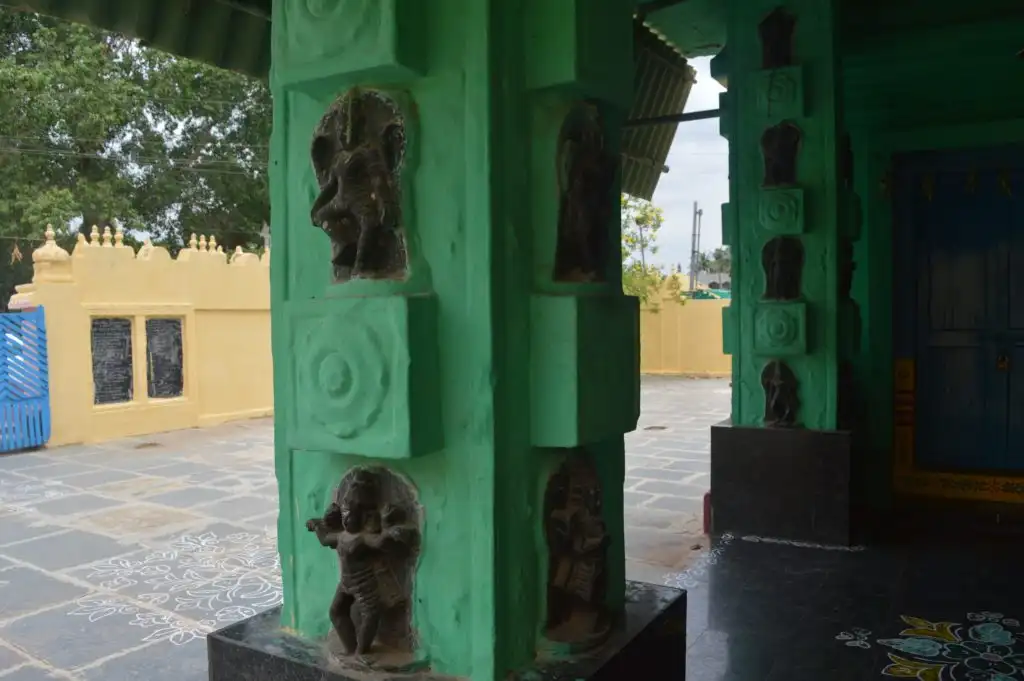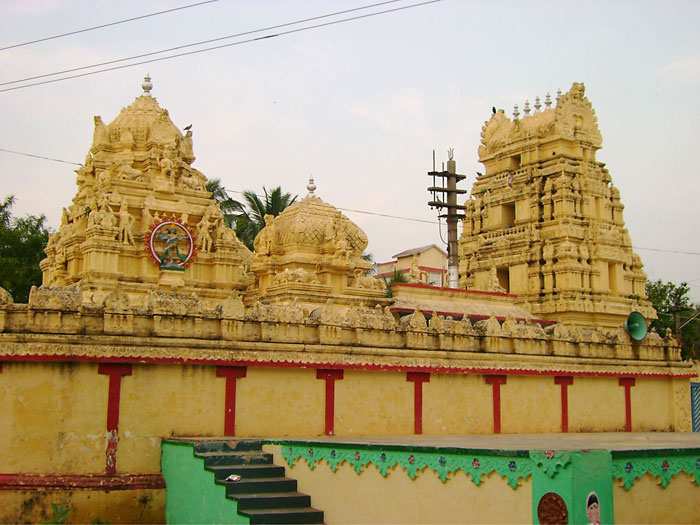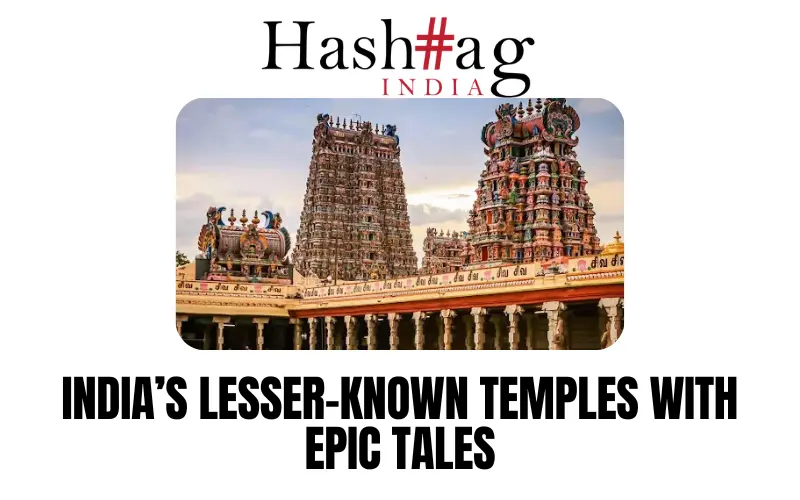If you love to travel to offbeat places in search of creative art and old traditions, you must unravel the secrets of the village that has given birth to many artists as well as safeguarded Kuchipudi dance for hundreds of years. Join Manjulika Pramod on a trip to one historical village in Krishna district, which is significantly valuable to the cultural heritage of the country.
If you have a thing for Kuchipudi dance, you will love to know about this village in the state of Andhra Pradesh. There exists a dancing village where almost every house has a trained Kuchipudi dancer. Previously known as Kuchelapuram or Kuchilapuri, it is the birthplace of one of the most popular Indian classical dances. Another name, Kusilava-puram, also means “the village of actors”. A massive entrance gate to the village, the globally acclaimed Kalapeetham (the dance school) and the most revered Bala Tripura Sundari Temple, together lay down a solid background story but until you see the kids learn and perform, the realisation never sets in that this sleepy hamlet is home to 99 percent of first generation of Kuchipudi gurus and dancers. Kuchelapuram is indeed no ordinary village. You might have attended many dance performances but it is here that you will see young kids learn, perform, falter and stand corrected by their teachers. The whole experience of watching teachers and students swaying and interacting through the language of dance and music is purely joyous.

While the dance school is the place of learning, the village temple is as unique as the place. Many small and big idols in dancing poses and mudras adorn the walls and pillars inside. The story goes that all the artists pray here before they go for their dance performances. The visit to the temple is a ritual and it has become a part of the legacy. In fact, every house has a story to share because they are all disciples of this art and worship it right from their childhood. And one-on-one interaction with them is the best way to hear their first-hand account, the history, traditions, technique and evolution of the dance.
Kuchipudi is one of the dances that was taught only t0 Brahmin men and boys. The belief was that if females performed, the purity of the dance would be disturbed. However, it’s a belief that is no longer held, and the dance is all about passion, devotion and the right guidance.
A popular story that you must havecome across is about Sidhendra Yogi, who was an orphan, raised by a village, who acquired Vedic knowledge, later moved to Kuchelapuram and began to teach Brahmin boys devotional dance as an offering to God. And this led to the beginning of the male dance tradition which eventually gave birth to a classical dance popular-Kuchipudi.

The village is small, no different in the landscape but it is uniquely creative. It has made a significant contribution in putting Indian classical dance on the international platform. Many talented dancers have lived in this village before traveling globally and settling in different parts of the world. Also, in today’s times, very few people show interest in visiting a village to learn a dance or very few artists stay in villages to teach, but this is an exemplary village. It is high time that we acknowledge and raise awareness about this aspect of the dance. I insist that one must walk around to simply feel and indulge in its vibes.
Kuchipudi Factfile:
- Kuchipudi has been around for more than 300 years and originated as a religious play offering to God as part of the tradition of Natya Shastra.
- It is extremely graceful, calls for spectacular footwork and is abundant with lyrical quality, and expressive gestures.
- Speed, form, pattern, range and rhythmic aspects of the dance are of utmost importance.
- Every Kuchipudi performance includes a Sutradhara or Nattuvanar who is the conductor of the entire performance.
- Vibrant costumes, traditional jewellery and make-up are essential to story-telling.
- Certain rituals must be performed on the stage before every performance.

Pro-Tip– Kuchipudi village has no hotel or railway station. The nearest airport or station is Vijayawada. While it is only 50 kilometers from Vijayawada and 25 from Machlipatnam, the other significant cities in its close proximity are Konaseema, Guntur, Amaravathi and Hyderabad. If you have time, you may explore the vicinity of the village for its many small and big temples. Andhra as a state has a wide variety of history and heritage to offer to the discerning traveller in you.





























